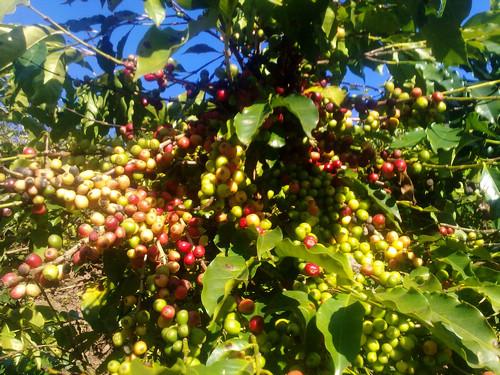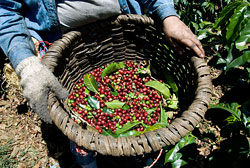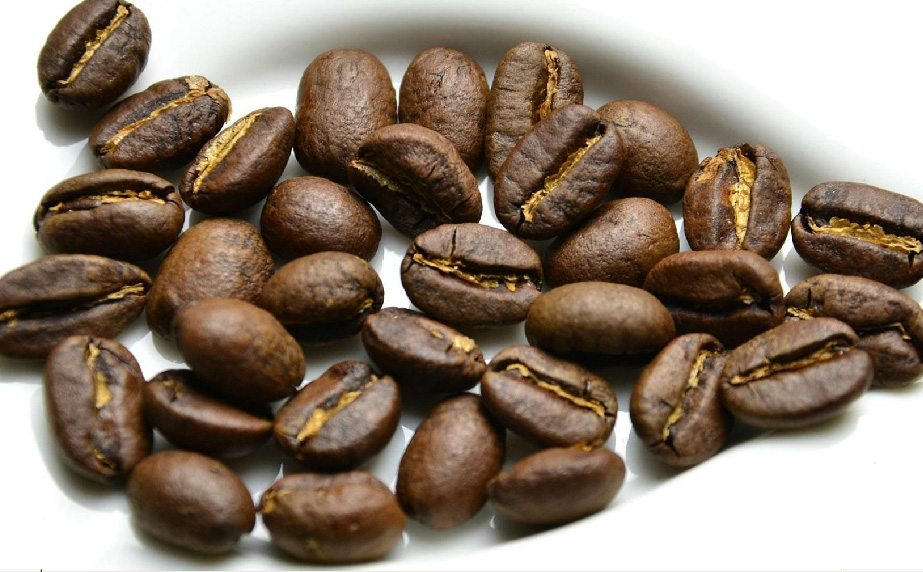World boutique coffee beans: introduction to the classification of Zimbabwe ((Zimbabwe) Zimbabwe) coffee beans

Zimbabwe has been producing quality Arabica coffee since 100 years ago. But it was almost wiped out by insect pests around 1920. Since 1950, Zimbabwe has been equipped to produce quality coffee with the migration of coffee farmers from India and Kenya to Zimbabwe.
The coffee-growing areas of Zimbabwe are mainly distributed in the northeast of the Chimanimani Mountains. The mountain range is located near the border between Zimbabwe and Mozambique, especially the Qipingka, which is located on the eastern plateau. In addition, Pinacol, Papir, Lalus and so on, are also a handful of large farms.
Among the eight famous farms, Pinacol Farm is almost so picky about its coffee beans that it can no longer be picky. As for Papir Farm, because of its very small scale, the planting method can even be called a "family handicraft workshop". The farm rejects any defects and is known for its absolute rigour, and only coffee beans that are considered perfect can pass the test.
In the United States, Zimbabwean coffee is generally circulated under the trademark "Zimbabwe Code 053", with occasional trademarks such as "Zimbabwe Chiping Cafe", "Zimbabwe Rhodesia" and "Zimbabwe La Ruz". The sour and fruity flavors of Zimbabwean coffee are similar to those of Kenyan coffee, but the concentration is higher and the wine flavor and flavor are stronger than Kenyan coffee.
The Thorn Birds-Zimbabwe Chipinge Thorn Bird-Chipinga, Zimbabwe
As an important birthplace of civilization in southern Africa, as early as the Middle Ages, the Shona established civilization here and created the large-scale ancient city of Great Zimbabwe Ruins in Zimbabwe. The name of Zimbabwe comes from the site of Greater Zimbabwe, where the unearthed Zimbabwe bird (Zimbabwe Bird) is also one of the symbols of the country.
50 kilometers east from the ancient city, it produces the highest quality coffee beans in Zimbabwe and the Chipinga region with the highest output in the country. This eastern highland, made up of the Chimanimani and Nyanga mountains near the Mozambican border, has good soil conditions, high posters, perennial precipitation and all the conditions needed to grow high-quality coffee.
Zimbabwe Chipinga has a rich fruity aroma and a smooth and refreshing taste. Perhaps the best things can only be bought with great pain and great innovation. The change in the political situation in recent years has led to the eviction of the original coffee plantation operator. This cannot but be said to be a pity.
Africa-Zimbabwe coffee beans
High-quality Arabica coffee beans cater to the needs of foodies.
Coffee cultivation in Zimbabwe began relatively recently, in the 1960s, when farmers in southern Africa set up coffee plantations. Coffee cultivation in Zimbabwe is mainly concentrated in the eastern highlands near Mozambique, which are mainly composed of the Chimanimani Mountains and the northward Nyanga Mountains, while the Nyanga Mountains are blocked by the Inyangani Mountains. The main coffee growing area is located near the town of Chipinge at the southern end of the eastern highlands.
Farfell Manor is one of the most interesting coffee plantations. This small plantation adopts a family business model, producing high-quality, hand-picked and sun-dried coffee beans. About 170 hectares of Arabica coffee trees are planted in the Fairfield estate. Good soil, high altitude and perennial precipitation make the coffee tree grow vigorously.
All in all, Zimbabwean coffee is the same as premium Kenyan AA coffee in every way, with a soft and fruity taste.
Source:
Gieson's own baked blog
Important Notice :
前街咖啡 FrontStreet Coffee has moved to new addredd:
FrontStreet Coffee Address: 315,Donghua East Road,GuangZhou
Tel:020 38364473
- Prev

World Fine Coffee beans: a Classification of Costa Rican Coffee beans (Costarica Coffee)
Costa Rican Coffee (Costarica Coffee): Costa Rican coffee is produced in the Republic of Costa Rica (The Republic of Coffee) in southern Central America. Its coffee quality is similar to Colombian coffee and is suitable for blending mixed coffee. The coffee beans produced in the high latitudes of Costa Rica are famous, rich and flavored in the world.
- Next

World fine coffee beans: Ethiopia Jiedipu Cocona processing plant washing Ye Jia Xue Fei G1
Gedeb is an area located 60 km south of the town of Yegashefi, named after the local Gedeb people. The Kokanna processing plant located in the town of Kokanna concentrates coffee berries acquired near Gedeb for fine washing and export under the name Gedeb. The coffee fruits collected here are all produced in the highland of about 1900 meters. The processing plant strictly selects the ripe red fruits.
Related
- Guji coffee producing area of Guji, Ethiopia: Humbela, Shakiso, Wulaga
- What is the most expensive variety of Qiloso in BOP multi-variety group?
- How to store the coffee beans bought home?
- Why are Yemeni coffee beans so rare now?
- Ethiopian Sidamo all Red Fruit Sun Sun Santa Vini Coffee beans
- SOE is mostly sour? What does it mean? Is it a single bean? what's the difference between it and Italian blending?
- Is Italian coffee beans suitable for making hand-brewed coffee?
- How to choose coffee beans when making cold coffee? What kind of coffee beans are suitable for making cold coffee?
- Just entered the pit to make coffee, what kind of coffee beans should be chosen?
- Can only Japan buy real Blue Mountain Coffee? What are authentic Jamaican Blue Mountain coffee beans?

